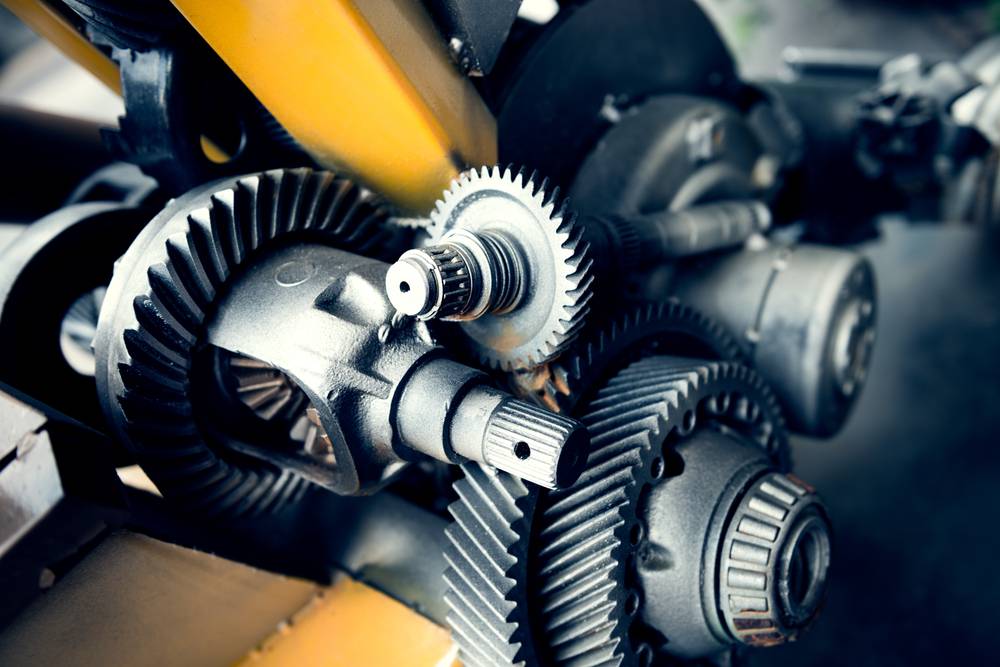
Calculation of input tax credit for capital under GST, input tax credit availability and non-availability and calculation of reversal of input tax credit has its own special provisions. Further there is special provisions for capital goods which are used for both taxable as well as exempted supplies. In this article, we look at the applicability of input tax credit for capital goods under GST in detail along with input tax credit formulas under GST.
Capital Goods as per GST Act
As per provisions of section 2 (19) of the Act, “Capital goods” means goods, the value of which is capitalised in the books of account of the person claiming the input tax credit and which are used or intended to be used in the course or furtherance of business.
Input Tax Credit on Capital Goods
When capital goods are used exclusively for business purpose, input tax credit is available under GST. To be eligible to claim input tax credit on capital goods, the transaction has to be reflected in the GST return filing.
However, input tax credit on capital goods purchase is not available for capital goods used exclusively for effecting exempt supplies and for capital goods used exclusively for personal use.
Input Tax Credit Formula
In case a capital good is used for both business and personal use, then the input tax credit on the same has to be calculated as per the following formula:
GST Paid on Monthly Basis – Input Tax Credit on Capital Goods – Mixed Use
Input Tax Credit = Input Tax Credited to Electronic Ledger / 60
The number 60 is derived from multiplying 5 years by number of months. Hence, 5 * 12 = 60.
GST Paid on Quarterly Basis – Input Tax Credit on Capital Goods – Mixed Use
Input Tax Credit = Input Tax Credited to Electronic Ledger / 20
The number 20 is derived from multiplying 5 years by number of quarters. Hence, 5 * 4 = 20.
Personal Use Converted to Mixed Use
Below formula is to be used when capital goods which was earlier used for personal purpose and later on used for both, personal and business purpose.
Input tax to be credited to electronic credit ledger = Input Tax – 5% of Input tax for every quarter or part thereof from date of invoice.
Common Input Tax Credit Attributable Towards Exempted Supplies
Formula for calculating common credit towards exempted supplies is:
Step 1: Credit Attributable to Exempted Supplies = (Value of exempted supplies / total turnover) * Credit for tax period.
Step 2: Allowable Input Tax Credit = Total input tax credit – credit attributable to exempted supplies.
Sale of Capital Goods
Section 18 of CGST Act, contains provisions of sale of such capital goods and conditions and restrictions in case of supply of goods on which input tax credit has been taken below is payable:
- An amount equal to the input tax credit taken on the said capital goods or plant and machinery reduced by such percentage as per provisions of Rule 44(6); or
- The tax on the transaction value of such capital goods or plant and machinery determined under section 15, whichever is higher.
As per rule 44 (6) amounts of input tax credit involved in capital goods held in stock, the Input tax credit involved in the remaining useful life in months shall be computed on prorata basis, taking the useful life as five years.
Further, section 18 of CGST Act, also provides that, dies, moulds and jigs, refractory bricks, fixtures and jigs to be treated as scrap, the registered person under GST Act may pay taxes on transaction value of such goods prescribed under section 15.
Reversal of Input Tax Credit on Capital Goods
Following are the situations under which input tax credit availed on the capital goods needs to be reversed:
- When taxpayers opts to pay tax under composition scheme.
- When goods or services supplied by the taxpayer becomes exempted.
- When there is supply of capital goods, on which input tax credit has been availed.
- When the registration of registered tax payer has been cancelled Input tax credit involved in the remaining useful life in months will be computed on prorata basis, taking the useful life as five years.
you are a good blogger ,, sap analytics cloud training
ReplyDelete